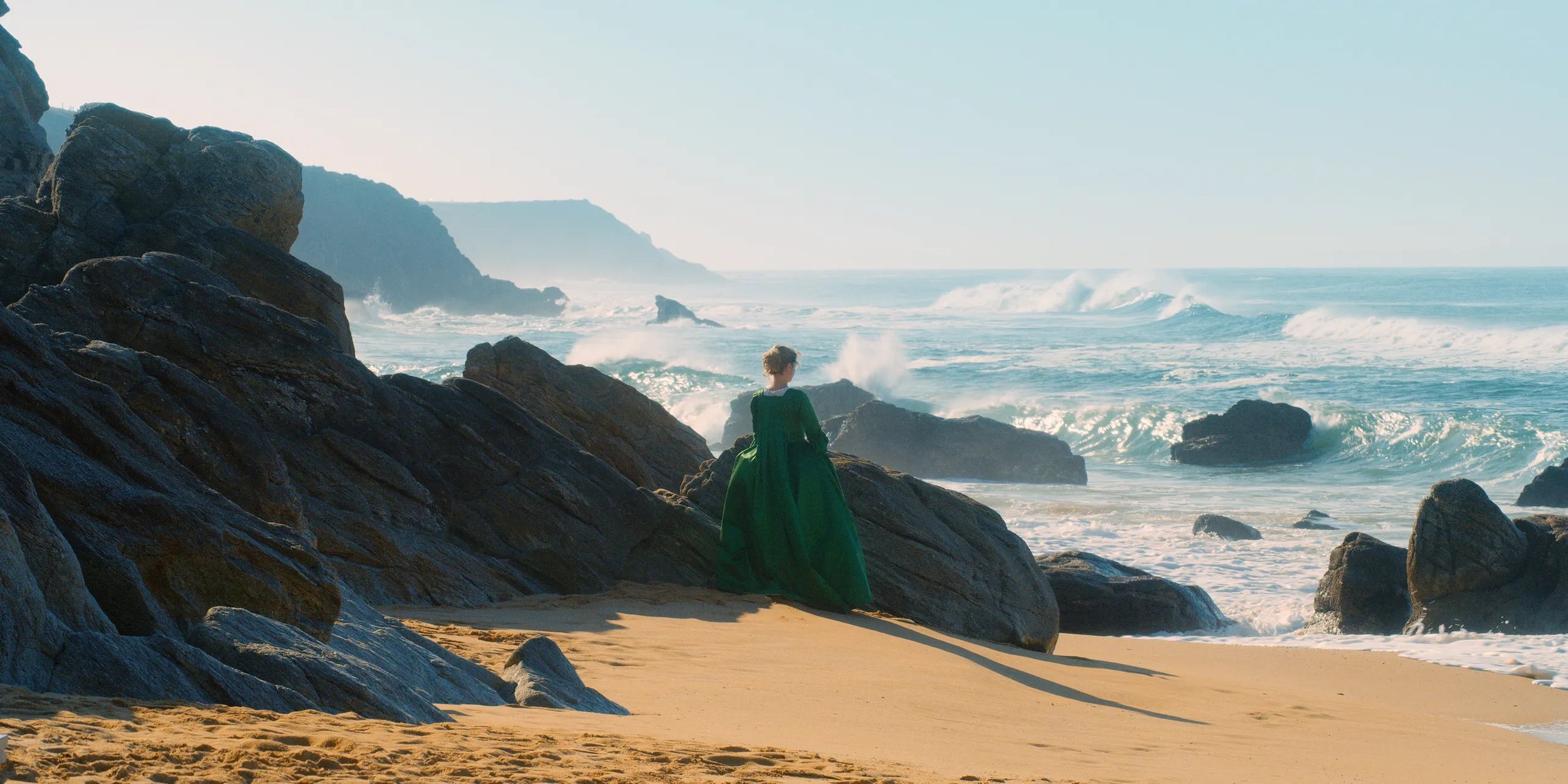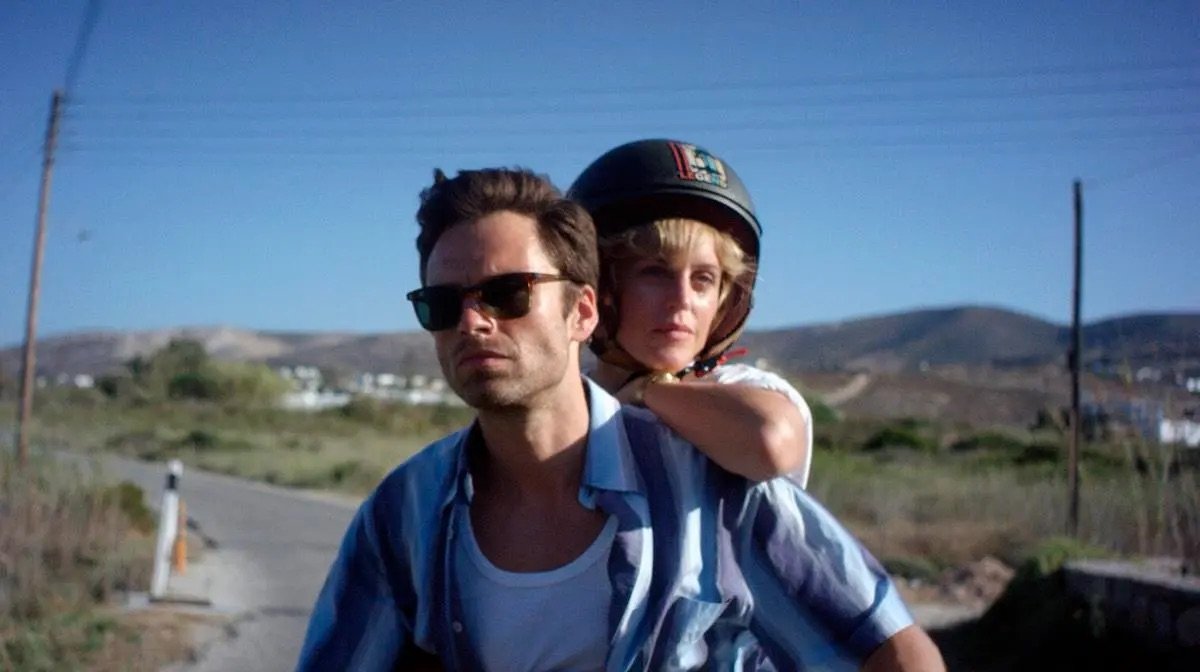Film as Art: Movies with Cinematography as Captivating as their Plots
By Natalie Walsh
Call Me By Your Name, Luca Guadagnino
Call Me By Your Name is without question an aesthetic dream as it is set in a small Southern Italian town in the summer of 1983. Listless and full of longing, seventeen-year-old Elio (Timothée Chalamet) spends his summer, as he did all those preceding, reading novels and transcribing music until the arrival of his father’s newest doctoral student, Oliver (Armie Hammer). The shot angles and mise-en-scenes are delicate in a way that reflects the fragility and vibrancy of Elio and Oliver’s love affair. Watching the film, one nearly feels the breeze of the Italian summer, and the restlessly hot days spent by the pool. Guadagnino also utilizes color, incorporating the dynamic pastel pallet of the film’s setting, as well as visual motifs to portray the externalized naiveté of Elio. Through close-ups and shots that are rife with the characters’ trepidacious tenderness, the film is unapologetic in its uniquely honest depictions. Even the final shot, a close-up of a crying Elio, his face a warm orange by the reflection of the fireplace, is held unflinchingly long. Yes, Call Me By Your Name is full of magnificent aesthetic and sequences that are visually beautiful, but Guadagnino also manages to not only show us something stylistically appealing but uses his cinematographic skills to reveal the realities of a relationship in its most authentic form, even when it is awkward, painful, and poignant.
Portrait of a Lady on Fire (Portrait de la Jeune Fille en Feu), Céline Sciamma
Portrait of a Lady on Fire is in many ways exquisite. Cinematic style and content successfully meet each other in such a profound way, as Céline Sciamma exemplifies an understanding of cinema as a holistic experience rather than stressing too heavily on plot or visual aesthetic individually. The plot, as the title suggests, centers around the commission of a portrait, and the cinematography reflects this beautifully. As a result of lighting, depth, and camera work, you feel as if you are watching a moving painting unfold on the screen. Portrait of a Lady on Fire lacks cluttered mise-en-scenes, and instead refreshingly relies on the relationship between the few characters depicted and their interaction with the world–or rather manor–that the story is set within. Set over the course of only a couple of weeks, the deliberateness of each shot stunningly portrays love in its most subtle forms. Like that of contemporary eighteenth-century portraits, the film is crafted through very architectural mise-en-scenes. Céline Sciamma offers cinematography that is more cool and minimalist than often expected from cinema depicting the time period’s upper class, making her chosen style even more alluring.
Vertigo, Alfred Hitchcock
At the risk of sounding trite, this film makes one dizzy at the sight of impressive heights. Particularly owing to its numerous point-of-view shots classic to Hitchcock films, the viewer feels protagonist John’s trepidations along with him. It is as if we are not only watching Vertigo but experiencing it. The film’s cinematography was particularly innovative for its time, as new zoom techniques were explicitly invented for the film, a key element utilized to employ the sensation of vertigo. In addition, it incorporated intriguing color, lighting, and mise-en-scenes that did not adhere to conventional filmmaking techniques, such as the rule of thirds, which all worked to create a compelling, and at times unsettling, watch. Hitchcock also cinematographically draws out suspense prodigiously, employing ambiguity through cinematic language, particularly that of shading and the withholding of information in mise-en-scenes. Vertigo rejects the overt horror generic conventions popular for the time, instead unraveling the more disturbing aspects of the human mind.
Monday, Argyris Papadimitropoulos
Monday is centered around Mickey (Sebastian Stan) and Chloe (Denis Gough) as they engage in an intense, and often reckless relationship, that is also tender and raw in a way that we rarely see on screen. The two meet at a party one summer night in Athens, and the film follows them through the months proceeding. As if peering in on the protagonists’ lives, Monday portrays intimacy in the imperceptible moments, and in the defining ones. Despite being set alongside the backdrop of breathtaking Grecian views, the film does not rely too heavily on its setting that it lacks a dynamic plot. On the contrary, the casual nature with which the location is engaged only enhances the voyeuristic feelings the audience cannot help but experience. With close-ups and brazenly direct shots, we get an unflinching view of the exciting development of a new relationship and its devolvement. At times, Papadimitropoulos uses vibrant lights, juxtaposed against dark night scenes, to highlight the hedonism of both the relationship in question and its surroundings. Whilst he also uses earth tones parallel to those of the Grecian landscape to also show its moments of banality. Coupled with the actors’ refreshing portrayals so skillful you would think their interactions entirely genuine, Monday, though it unfurls slowly and without ostentatious storyline twists and turns often seen in modern cinema, is well worth watching.
Black Swan, Darren Aronofsky
The cinematography of Black Swan is nothing short of masterful. It is as disciplined and precise as the ballet it captures. Often showing black, white, and grey tones, color use within the film is retrained, particularly to reference the ominousness of the story and to foreshadow protagonist Nina’s (Natalie Portman) psychological decline. Close-ups are heavily used throughout, both to highlight detail and to underscore Nina’s claustrophobic emotional state. Such shot usage would not have been so successful if not for Portman’s impressive acting abilities, as the subtitles in her performance stand front and centre. The camera work is often in motion which is at times disorientating for the audience, though this is of course the cinematographer’s aim. Sound also plays a crucial role as disturbing noises such as the crack of bone, nails scratching against flesh, and the thick flap of a bird’s wing are all heightened. All of this increases the tension and confusion felt both by the audience and Nina herself as she devolves into a psychological spiral, where neither party is ever really sure of what is real, and what is nightmare. So in Black Swan, like that of Portrait of a Lady on Fire, we see style triumphantly match plot. Interestingly, nearly every shot within the film incorporates a mirror or reflective surface, and the only absence is when Nina is on stage during the climax wherein she is performing Black Swan when her ‘dark side’ has taken over. Nina cannot escape herself and neither can we. Aronofsky does not shy away from darkness, but rather holds duality just as the two swans, juxtaposing a beautiful artistic medium as the ballet with frightening psychological devolvement.



















